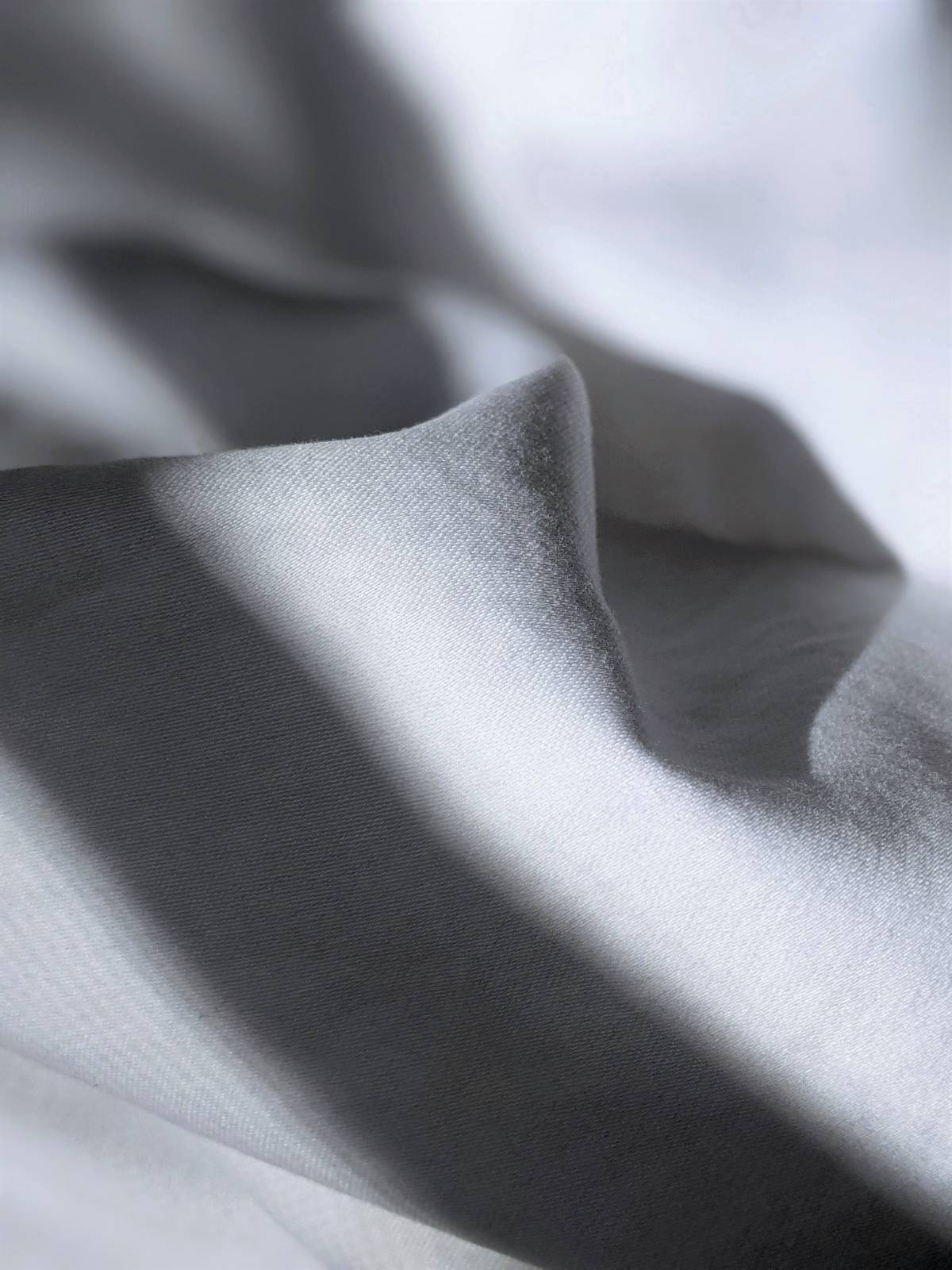Products are often described online and in fashion media using ambiguous language such as fleece, satin, crepe, or leather-like, leaving consumers in the dark about the true composition of their clothing, writes Lisa Griplas of The Woolmark Company. Their newly launched Filter By Fabric campaign offers a simple strategy to address this lack of transparency: why not let shoppers simply filter by fabric?
What is fabric transparency, anyway?
The runaway bullet train of fast fashion is fuelled by our insatiable appetite for more and more. In an era of rapidly changing consumer preferences, the take-make-dispose business model of the fashion industry finds itself at a pivotal crossroad. How can we, as an industry that claims it wants to do better by people, the planet, and animals, help consumers make better choices?
The fashion and textiles industries are indeed complex, compounded with a lack of a standardised definition of sustainability depending on who or where you are. Historically, most brands’ promises have been voluntary and their progress self-reported. Fashion, remarkably, is one of the world’s most unregulated industries. However, a transformation is underway.
A raft of new regulatory proposals has emerged in both the European Union and United States, and it won’t be long before other markets follow suit. Policy initiatives are going to change the way products are designed, how they’re sold, and who bears responsibility for the waste caused by the industry. The proposals ultimately aim to drive sustainability and best practice in the fashion and textiles industries.
Ambiguous language is leaving consumers in the dark about the true composition of their clothing.
Fabric impact is one of the most pressing issues that has risen to the forefront. After all, fabric consideration lies at the very heart of fashion.
Yet for too long the fashion industry has been shrouded in secrecy when it comes to the materials used in our garments, with brands often disguising or mislabelling fabrics to make products appear more appealing.
As online shopping continues to grow, the tactile experience and swing tickets historically relied on in physical stores are removed, contributing to customer confusion. The issue is further compounded by the fact there is no regulation around how products are named or promoted. So whether you’re a designer, or citizen making a purchase, this opacity has consequences which reach much further than you can see.
Products are often described online and in fashion media using ambiguous language such as fleece, satin, crepe, or leather-like, leaving consumers in the dark about the true composition of their clothing. Just like consumers have learned to interpret food nutrition labels or appliance energy ratings, it’s high time we learn how to interpret clothing.
Simple idea: let shoppers filter by fabric
This lack of fabric transparency was the catalyst for The Woolmark Company’s Filter By Fabric campaign. Whilst we wait for textile industry reforms to unfold, Woolmark provides a simple solution that could help deliver progress on transparency.
Filter By Fabric aims to empower consumers to make better purchasing decisions with a simple three-step approach:
1. Brands and fashion media must start using accurate and honest fabric descriptions on all product names;
2. They must stop using misleading terms such as silky or fleece to name products;
3. Finally, offer a filter to allow customers to shop by fabric on ecommerce platforms.
This would help ensure citizens are better equipped to identify materials and consider the impact of the fabric and garments they wear before they make a purchase. (Brands and retailers can pledge their commitment at filterbyfabric.com to change the way clothes are bought and sold.)
Whilst we can encourage citizens to keep their clothes in use for longer, we also know that the burden does not rest with the public. Consumer behaviour is difficult to change, particularly when “newness” and “fashion” are inextricably linked. Material strategies need to be put in place and fibre impact considered. Filter By Fabric offers a solution for brands to effectively communicate true product descriptions and allows for greater transparency for citizens to make informed purchasing decisions.
As consumers, we have the power to demand transparency and hold brands accountable.
Fabric transparency also addresses ethical concerns in the fashion supply chain. Knowing where and how materials are sourced ensures that consumers can support brands that prioritise fair labour practices and humane treatment of workers. By looking at fabric choice through a lens of social responsibility, we can work towards a more transparent industry at large.
As consumers, we have the power to demand transparency and hold brands accountable. As an industry, we can accelerate change. We, as a collective voice, can ensure fabric transparency is not just a buzzword. Woolmark’s call to arms exemplifies this positive change which can easily be made when industry leaders take bold steps to openness.




















